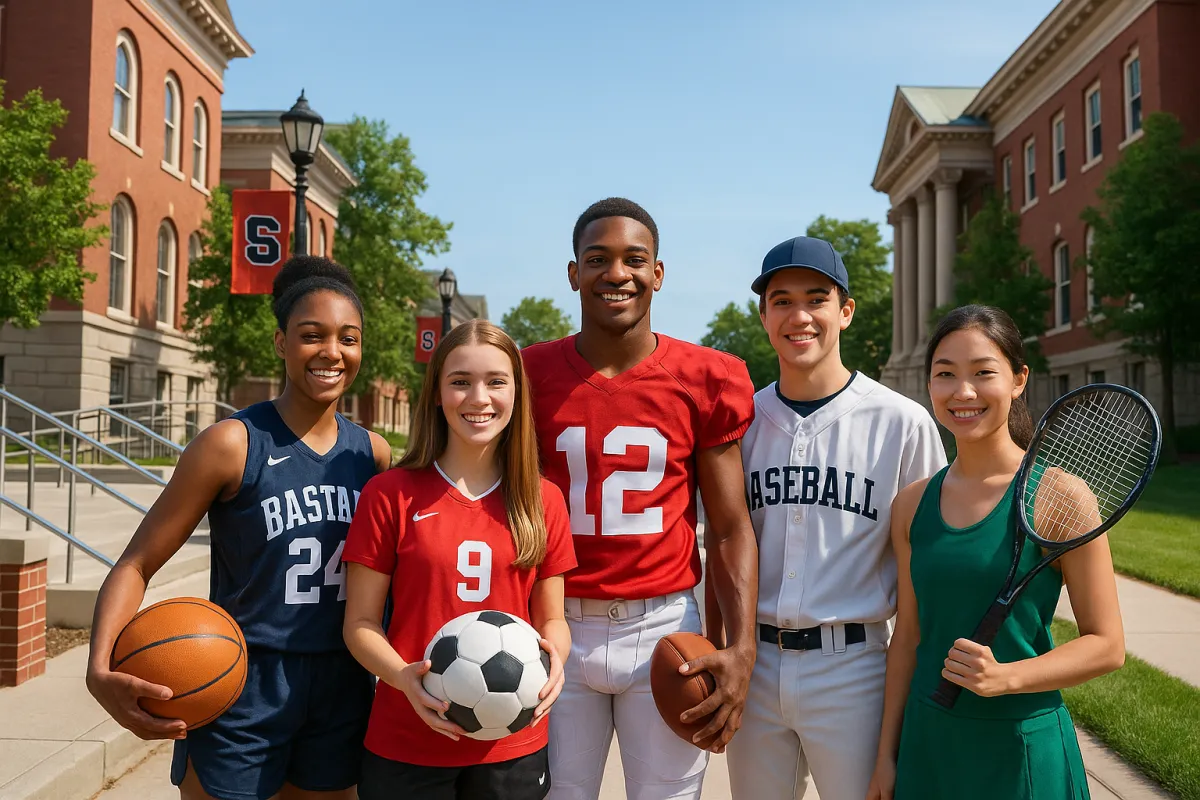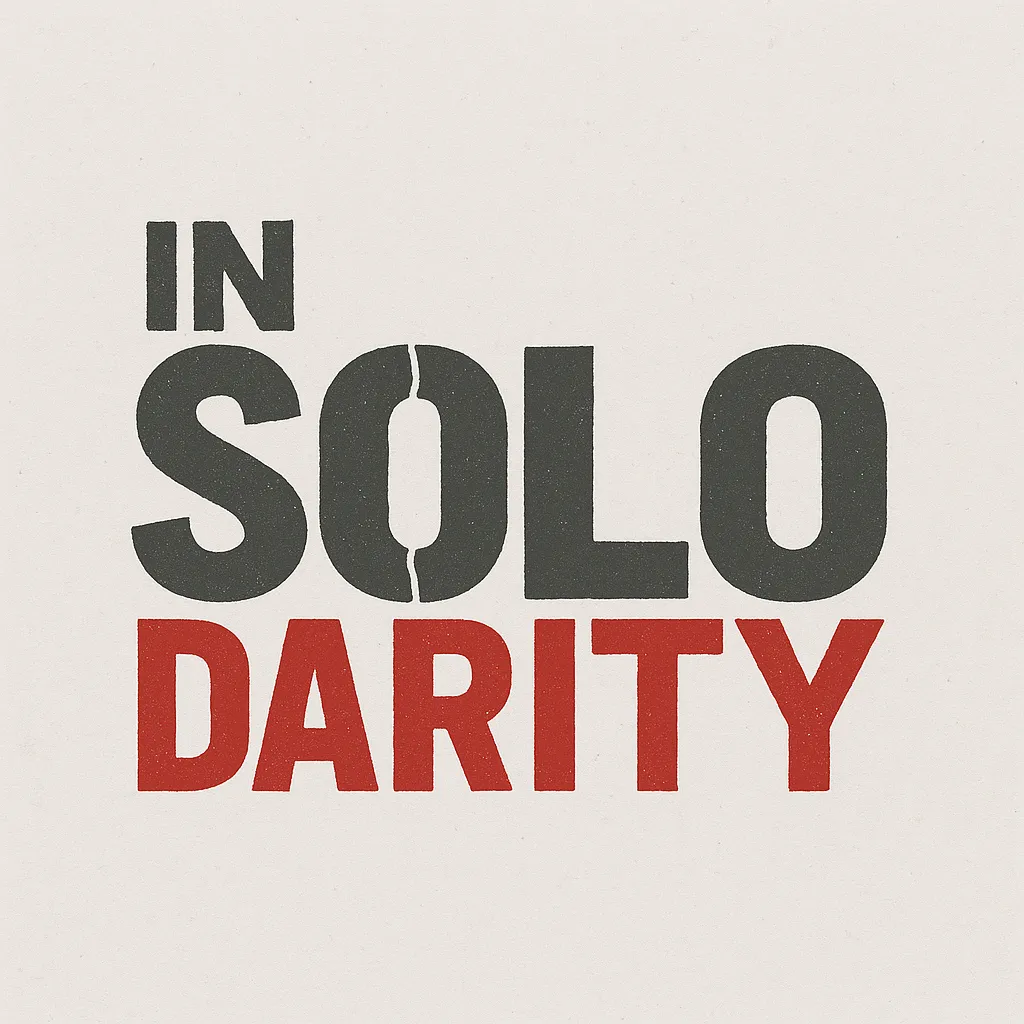
Equality vs Equity vs Accessibility in College Athletic Recruiting
Equality vs Equity vs Accessibility in College Athletic Recruiting
College athletic recruiting claims to offer opportunity to all, but opportunity is not distributed evenly. Coaches, athletes, and families quickly notice gaps between what is promised and what is delivered. The concepts of equality, equity, and accessibility shape every stage of the recruiting process. These three words get tossed around, but rarely does anyone break down what they mean for real student-athletes fighting for a roster spot. Understanding these differences leads to better strategy and smarter advocacy for change. Prospects with clarity on these definitions can identify barriers, seek out resources, and maximize their own chances. This article unpacks how each concept influences recruiting outcomes and how athletes, parents, and coaches can navigate the maze for a fairer shot at college athletics. For those serious about reaching their goals, resources like Facilitate The Process help bridge information gaps and create actionable plans.
Defining Equality in Athletic Recruiting
Equality in college athletic recruiting means every athlete receives the same resources, information, and exposure. On paper, this sounds like a fair deal. Every student-athlete gets access to the same forms, deadlines, and recruiting calendars. College coaches are expected to follow uniform rules set by the NCAA, NAIA, or NJCAA. The recruiting process publicly claims to treat every athlete equally, regardless of background, geography, or financial status.
Reality looks much different. High school programs with strong traditions, bigger budgets, or established networks funnel more athletes into recruiting pipelines. Smaller programs or rural schools might lack the same visibility. Digital recruiting tools can level the playing field, but only for those who can afford subscriptions or have reliable internet access. True equality in recruiting exists mostly as an ideal, not as a lived experience for most athletes.
For families and coaches, understanding the limits of equality helps set expectations. Recognizing that not all athletes have access to the same showcase events, travel teams, or recruiting services highlights where advocacy and extra support are needed. Resources like the FTP Information Portal provide guidance on navigating these structural limitations.
Equity: Addressing Unique Athlete Needs
Equity in athletic recruiting means recognizing differences and providing support tailored to unique needs. A blanket approach does not serve athletes from underrepresented backgrounds or those facing financial hardship. Equity programs might include scholarships for recruiting camps, mentorship for first-generation college prospects, or targeted outreach to schools with fewer resources. Equity requires intentional effort and investment from both institutions and advocates.
Many colleges now track demographic data to measure the impact of recruiting efforts and identify gaps. Equity-focused initiatives can help close these gaps, but athletes must know how to access them. For example, some universities run summer camps for athletes from low-income backgrounds or offer waivers for application fees. The goal is not just to give everyone the same opportunity, but to ensure those who have faced extra barriers get the support needed to compete fairly.
Tools and platforms like Improve Your Position offer actionable steps for athletes to leverage equity-driven resources. Coaches and parents who advocate for these supports can make a measurable difference in outcomes for their athletes.
Accessibility: Breaking Down Barriers in Recruiting
Accessibility focuses on removing physical, financial, and informational barriers in the college athletic recruiting process. For student-athletes with disabilities, accessibility means more than a ramp to the gym. It includes access to adaptive equipment, inclusive tryout formats, and communication in formats that work for everyone. For low-income families, accessibility might look like fee waivers, virtual visits, and transparent scholarship information.
Recruiting platforms and organizations are starting to pay attention to accessibility. Some now offer audio descriptions, captioned videos, and translation services, making information usable for a wider audience. Platforms such as Overcome Impostor Syndrome in Sports break down mental barriers that often go unaddressed. Accessibility is not just a box to check, but a commitment to making every stage of recruiting open to all qualified athletes.
How Equality, Equity, and Accessibility Shape Outcomes
Every phase of the recruiting journey reflects the tension between equality, equity, and accessibility. Athletes with strong support networks navigate the process with fewer obstacles. Those without such support face a maze of paperwork, deadlines, and subjective evaluations. When recruiting systems prioritize equality without equity or accessibility, talented athletes slip through the cracks.
Coaches and athletic departments who understand these forces can structure their recruiting outreach more effectively. They can create programs that not only treat athletes the same, but address historic imbalances and break down practical barriers. The results speak for themselves. Teams built from a wider range of backgrounds tend to be stronger, more resilient, and better equipped for the demands of college sports. More information on the recruiting journey can be found at The College Recruiting Process vs The Microwave vs The Air Fryer.
Common Recruiting Myths Around Fairness
Parents, athletes, and even coaches fall for myths about fairness in college recruiting. Some believe talent alone guarantees opportunities. Others think every high school has the same access to coaches and scholarships. These myths hurt athletes who might miss out on resources or give up after facing setbacks.
Myth: Every athlete gets seen by college coaches if they are good enough.
Myth: Scholarships are always awarded based on performance, not need or circumstance.
Myth: The recruiting process is transparent and predictable for all sports and schools.
Myth: All athletes know about recruiting rules and deadlines.
Dispelling these myths takes real information and strategic action. Athletes and families who understand the real structure of recruiting can seek out help, ask smart questions, and avoid common pitfalls. Resources like the FTP Information Portal offer myth-busting advice and actionable steps.
Key Barriers in College Athletic Recruiting
Barriers to fair recruiting show up in many forms. Geographic isolation, lack of exposure, and limited financial resources derail many promising athletic journeys. Language barriers and limited guidance from school counselors can also make the process harder to navigate. Even athletes with strong talent and drive face unexpected roadblocks, such as shifting NCAA rules or a lack of transparency about roster spots and scholarship budgets.
These barriers are not insurmountable, but they require awareness and persistence. Knowledge of the rules, deadlines, and best practices can tip the scales. Student-athletes who build networks, use digital tools, and seek out mentorship place themselves in a stronger position. Exploring targeted articles like The Hidden Tariffs in the Athletic Recruiting Process can provide tactical advice for overcoming these obstacles.
Action Steps for Student-Athletes and Parents
Taking charge of the recruiting journey means understanding the system’s strengths and weaknesses. Athletes and parents who want to maximize their chances should focus on practical, actionable steps.
Research recruiting rules for each division and sport at Athletic Recruiting Rules.
Identify and apply for camps, showcases, and programs that offer scholarships or travel stipends.
Build a digital recruiting profile and keep it updated with stats, video, and academic information.
Reach out directly to college coaches with personalized messages and questions.
Use platforms like Facilitate The Process to track progress and connect with mentors.
These steps do not guarantee a scholarship, but they reduce the impact of structural barriers. Athletes who invest time in research and preparation stand out in a crowded field.
The Role of Coaches and Institutions
Coaches and athletic departments play a pivotal role in shaping recruiting outcomes. Those who prioritize both equity and accessibility can transform opportunities for their athletes. This starts with self-audit and honest conversations about where gaps exist. Are all athletes receiving information about camps and showcases? Do families understand the financial aid process? Are accommodations available for athletes with disabilities?
Institutions that invest in outreach and support see better retention and stronger team culture. They attract a wider range of talent and build programs that reflect the diversity of the student body. For coaches seeking to expand their reach, resources like No Coach Left Behind provide actionable advice for inclusive recruiting strategies.
Future Trends in Athletic Recruiting Access
Technology, social media, and policy changes are reshaping recruiting access. More athletes than ever create digital profiles, attend virtual showcases, and connect with coaches across the country. Colleges use data analytics to identify overlooked prospects and reduce bias. Policy changes around Name, Image, and Likeness (NIL) create new revenue streams and change the calculus for both schools and athletes.
These trends hold promise, but only if equity and accessibility remain priorities. Tech tools alone do not close gaps unless paired with outreach and education. As recruiting evolves, the most successful programs will be those that adapt quickly and invest in removing barriers. For up-to-date guidance on these shifts, athletes and coaches can bookmark the Facilitate The Process blog.
Redefining Fairness in College Athletics
Fairness in college athletic recruiting is not a destination, but a moving target. Every season brings new challenges, opportunities, and conversations about what real access looks like. Athletes and families who learn the difference between equality, equity, and accessibility can reshape their path and demand better from the system. Coaches and institutions that keep these principles front and center build stronger teams and more resilient programs. The future of recruiting belongs to those who refuse to settle for surface-level fairness and push for meaningful change at every level. For those ready to take control, start with actionable steps and reliable resources like Facilitate The Process.
Frequently Asked Questions
What is the difference between equality and equity in college recruiting?
Equality means every athlete receives the same resources, while equity adjusts support to address unique barriers and needs, creating a fairer playing field.
How can athletes make recruiting more accessible for themselves?
Athletes can use digital recruiting tools, seek out scholarship opportunities for camps, and connect directly with coaches to overcome barriers.
Why do some athletes miss out on recruiting opportunities?
Barriers such as lack of exposure, limited financial resources, and geographic isolation can prevent athletes from accessing the full range of recruiting opportunities.
How do coaches contribute to equity in recruiting?
Coaches who share information widely, mentor underrepresented athletes, and offer accommodations for different needs help create a more equitable recruiting process.
Where can families find reliable recruiting advice?
Families can visit Facilitate The Process for up-to-date tips, resources, and actionable steps in the athletic recruiting journey.





